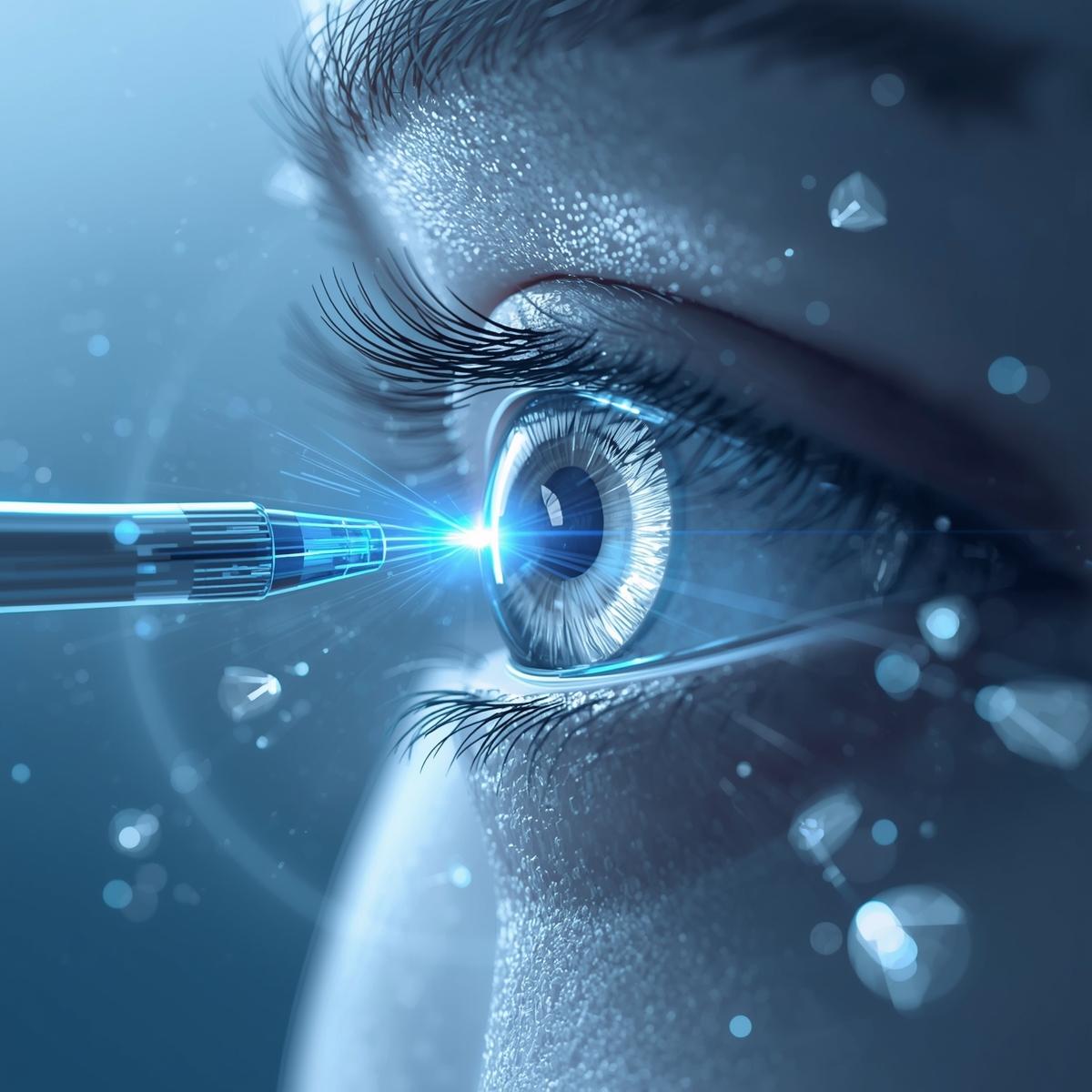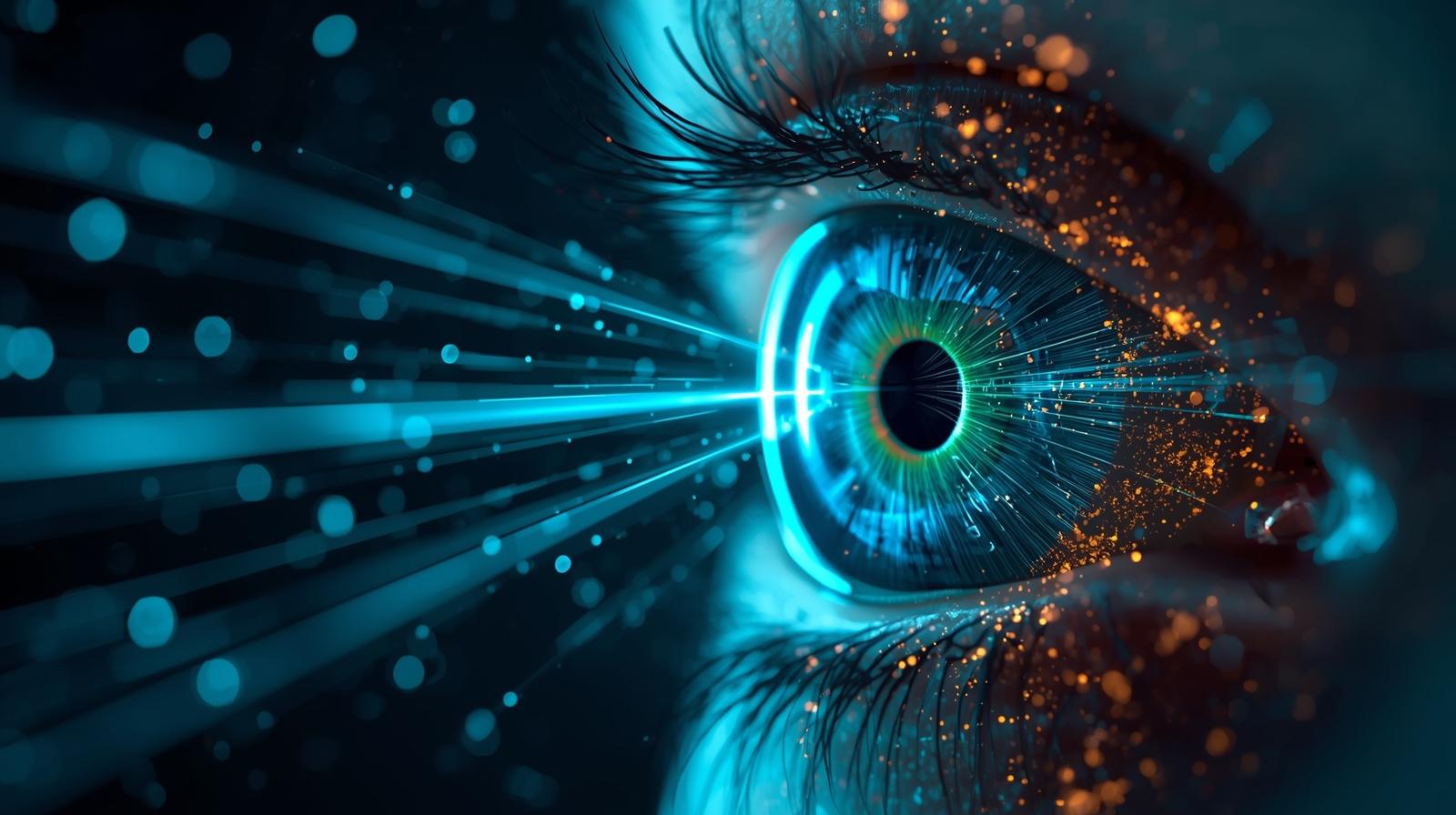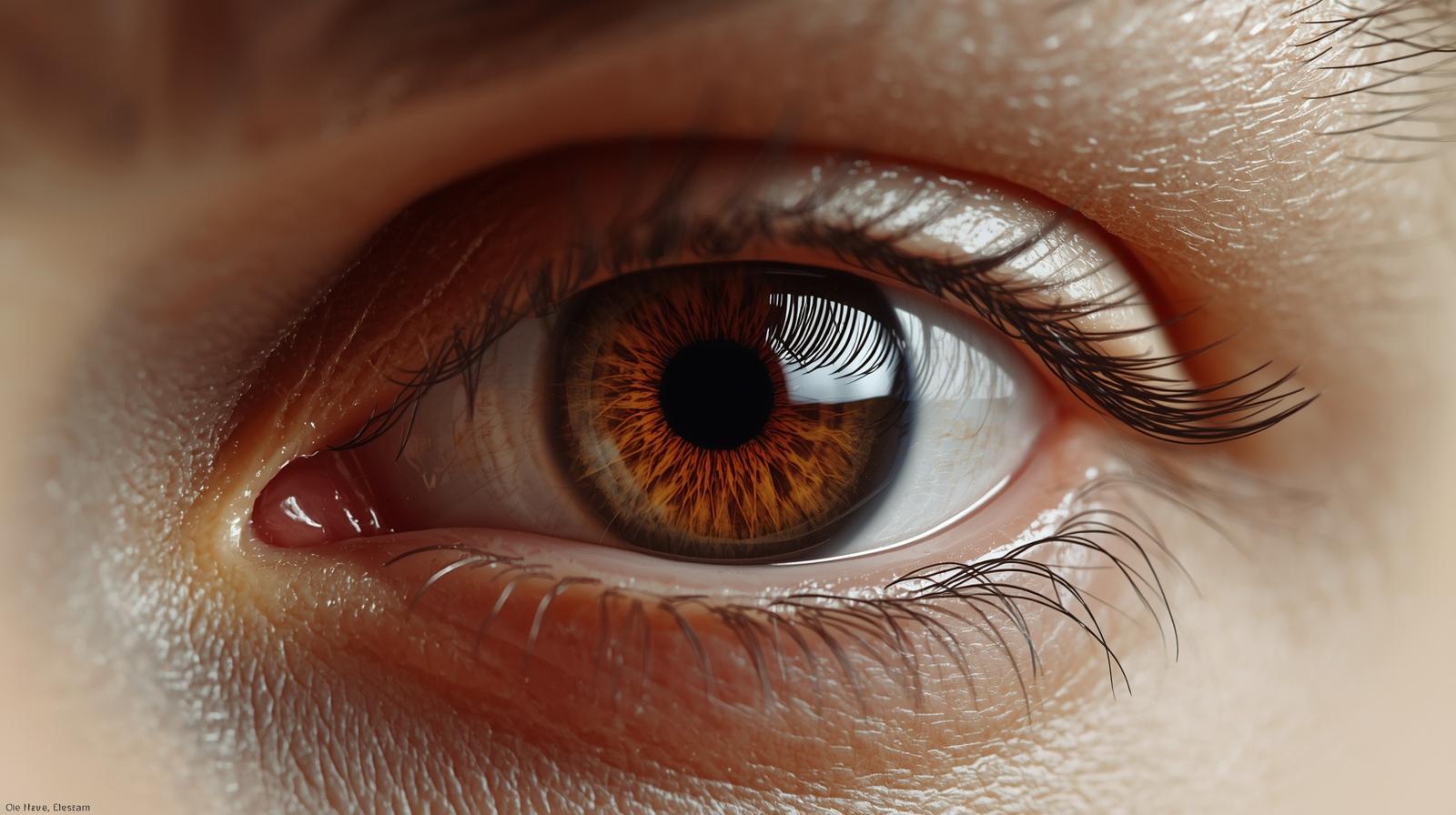Learn about LASIK safety statistics, success rates, potential risks, and long-term outcomes. Evidence-based information from Dr. Ahmed Sherif at Dar El Oyoun Hospital.
LASIK Success Rates and Safety
LASIK is one of the most studied elective procedures in medicine. Dr. Ahmed Sherif at Dar El Oyoun Hospital provides evidence-based information about safety and outcomes.
Overall Success Rates
Visual Acuity Outcomes
Worldwide Statistics:
95-98% achieve 20/40 vision or better (legal driving vision)
90-95% achieve 20/20 vision or better
87-90% achieve 20/16 vision or better (better than perfect)
At Dar El Oyoun Hospital:
98% achieve 20/20 vision or better
99% achieve 20/40 or better
Based on 5,000+ successful surgeries by Dr. Ahmed Sherif
Patient Satisfaction
Large-scale studies show:
96-98% patient satisfaction rate
95% would recommend LASIK to family and friends
Most report significant quality of life improvement
Safety Profile
FDA Approval and Studies
FDA approved LASIK in 1999
Extensively studied for over 30 years
Millions of procedures performed worldwide annually
Continuously refined with advancing technology
Serious Complications
Extremely Rare (less than 1%):
Infection: <0.1%
Significant vision loss: <0.3%
Flap complications requiring intervention: <0.5%
Dr. Sherif's track record at Dar El Oyoun shows even lower complication rates due to:
State-of-the-art equipment
20+ years surgical experience
Meticulous patient screening
Comprehensive pre-operative testing
Common Side Effects
Temporary (Usually Resolve Within 3-6 Months)
Dry Eyes (Most Common):
Affects 50% of patients initially
Usually mild and temporary
95% resolve within 6 months
Managed with artificial tears
Rare cases may be persistent
Visual Disturbances:
Glare: 30-40% initially, <5% at 6 months
Halos around lights: 25-35% initially, <5% at 6 months
Starbursts: 20-30% initially, <3% at 6 months
Night vision issues: Typically improve over time
Fluctuating Vision:
Common first 1-3 months
Part of normal healing process
Stabilizes as cornea heals
Rare but Possible
Undercorrection/Overcorrection (3-5%):
More common with very high prescriptions
Usually small amounts
Enhancement surgery often resolves
Dr. Sherif offers complimentary enhancements if needed within first year
Regression (2-5%):
Gradual return of some prescription
More common in high myopia
Can occur months to years after surgery
Enhancement may be option
Long-Term Safety
Durability of Results
Studies tracking patients for 10+ years show:
Vision remains stable in 90%+ of patients
Any changes typically minor
Age-related vision changes (presbyopia after 40) are separate from LASIK results
Corneal Integrity
Long-term studies show maintained corneal strength
No increased risk of eye diseases
Normal aging of eyes continues
Annual eye exams still important
Future Medical Procedures
LASIK does not prevent:
Cataract surgery in the future
Treatment for glaucoma, retinal issues
Other eye procedures if needed
Risk Factors
Higher Risk for Complications
Patient Factors:
Very large pupils (>7mm in dark)
Very high prescriptions (>-8.00 or +4.00)
Thin corneas
Irregular corneal shape
Severe dry eyes
Certain autoimmune conditions
Environmental Factors:
Dusty, dirty work environments
Contact sports without eye protection
Poor post-operative care compliance
Dr. Sherif's thorough screening identifies high-risk candidates and may recommend alternative procedures.
Minimizing Risks: The Dar El Oyoun Approach
Advanced Technology
Wavefront-Guided LASIK: Customized treatment reduces night vision issues
Femtosecond Laser: Blade-free flap creation increases safety
Topography-Guided LASIK: For irregular corneas
Real-Time Eye Tracking: Ensures precise laser placement
Surgeon Experience
Dr. Ahmed Sherif's expertise includes:
20+ years performing LASIK
5,000+ successful procedures
Lecturer Consultant at Cairo University
Continuous education on latest techniques
Expertise in handling complex cases
Comprehensive Screening
Dar El Oyoun's evaluation detects:
Keratoconus and early ectasia risk
Inadequate corneal thickness
Dry eye syndrome
Other disqualifying conditions
Better screening = fewer complications
Superior Post-Operative Care
Day 1, Week 1, Month 1, and Month 3 follow-ups
24/7 access for concerns
Experienced staff support
Complimentary enhancement if needed
Comparing LASIK Safety to Other Procedures
LASIK is safer than:
Long-term contact lens wear (higher infection risk)
Many common elective surgeries
Dental procedures (by many metrics)
Realistic Expectations
Understanding Limitations
LASIK cannot:
Stop normal aging of eyes
Prevent presbyopia (reading vision decline after 40)
Guarantee perfect vision in 100% of cases
Eliminate all need for glasses forever (reading glasses after 40 common)
What LASIK Can Do
Dramatically reduce dependence on glasses/contacts
Improve quality of life
Enable activities difficult with glasses
Provide long-lasting vision correction
Offer excellent safety profile when properly performed
Questions to Ask Your Surgeon
Important questions for Dr. Sherif:
1. What are my specific risks based on my eyes?
2. What is your complication rate?
3. What technology will you use for my procedure?
4. What is your enhancement rate and policy?
5. What are realistic expectations for my prescription?
Making an Informed Decision
LASIK has an excellent safety and efficacy profile, especially when:
Performed by experienced surgeon (Dr. Ahmed Sherif)
Using advanced technology (Dar El Oyoun's equipment)
After thorough screening
With proper post-operative care
Schedule a consultation to discuss your individual risk profile:
Sheikh Zayed: +20 2 37963013
Dokki: +20 2 33382136
WhatsApp: +201066479644
At Dar El Oyoun Hospital, Dr. Ahmed Sherif prioritizes both excellent outcomes and patient safety through evidence-based practices and state-of-the-art technology.
Ready for the Next Step?
Book your consultation with Dr. Ahmed Sherif at Dar El Oyoun Hospital


